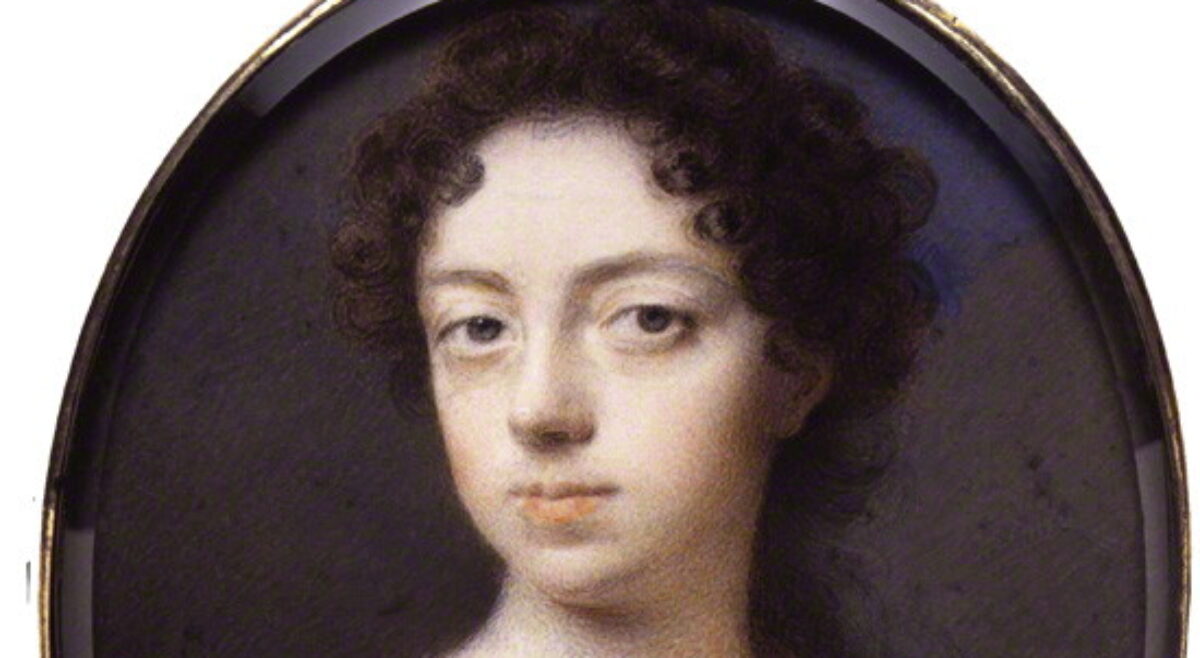The Spectator is the most famous work of journalism of the eighteenth century in English. It set the pattern for a kind of essay writing that persists to the present day. Comparatively short but thorough essays on topics of interest to middle-class readers (politics, fashion, the arts), written in a clear and straightforward style without partisanship or professional jargon: this is a mode that is still standard in print and online journalism. A collaboration between Joseph Addison and Richard Steele, The Spectator has in our time been credited with being essential to the formation of what the sociologist Jürgen Habermas has influentially dubbed “the bourgeois public sphere.” Habermas describes the bourgeois public sphere as being made up of private individuals coming together to constitute a public, in this case a public that was not affiliated with the government or the church, but an independent body that could discuss important issues on its own. Gathered together in coffee houses, over tea tables, or simply in their studies, readers of The Spectator were among the first to have a print publication that became a common frame of reference for middle-class English-speaking people; it set an agenda and a way of thinking about society and the arts that seemed derived, not from the aristocracy or the church, but from the shared world of the readers themselves.
The Spectator followed on the heels of The Tatler, which had run from April 12, 1709 to December 30, 1710. Steele had taken the lead with The Tatler, asking for help from Addison and others. But it was Addison who seems to have been the leader for The Spectator. In this case, timing was everything. Addison and his Whig party had just lost a parliamentary election towards the end of 1710, so he suddenly found himself kicked out of office with time to devote to journalism. The Spectator differed in format in significant ways from its immediate predecessor. It was published daily, except for Sunday; The Tatler had come out three days a week. Where The Tatler had generally had several items in each issue, most issues of the Spectator focused on a single topic. And where Steele had arranged the articles in The Tatler by the imagined location in London from which various “correspondents” were sending him information (theater news coming from Will’s Coffee House, political news from the St. James Coffee House, the whole thing being a parody of the way that official newspapers published correspondence from foreign cities), The Spectator had a fictional “club” that would come up with ideas. Steele described its members in the second issue: there was a country squire, Sir Roger de Coverly, a lawyer, a businessman (Sir Andrew Freeport), a soldier (Major Sentry), an aging libertine (Will Honeycomb), and a clergyman. Together, the Club represented many of the important segments of middle-class and polite culture in the eighteenth century. The Spectator Club never worked quite as it seems to have been intended—relatively few issues feature it in any central way—but it was another way in which the journal was imagining itself as giving a voice to a variety of middle-class interests.
Most importantly, The Spectator introduces a new kind of persona, what critics call an eidolon, in the figure of “Mr. Spectator,” in whose voice all of the essays were composed, no matter which of the two men was the actual author. The Spectator did not invent the concept of the eidolon, but it provided perhaps its most influential model, one imitated to some extent over and over again in works such as Benjamin Franklin’s “Silence Dogood” pieces in The New England Courant (1721), Samuel Johnson’s Rambler essays (1750-52), and even the Federalist essays composed by Alexander Hamilton, James Madison, and John Jay to defend the U. S. Constitution. Mr. Spectator projected himself as a civilized man of the world, an observer looking on society like a fly on the wall. He is well educated, but not a specialist in anything, which enables him to comment on all sorts of things. In the course of its run, The Spectator offers essays on fashion, on politics, on religion, on literature. Steele’s essay on Inkle and Yarico (#11) popularized the story to eighteenth-century readers; it would become a cultural phenomenon, with plays, musicals, and poems about the doomed pair of lovers abounding in English-speaking culture over the next few decades. Addison’s essays on John Milton’s epic Paradise Lost and the series generally known as “the pleasures of the imagination” became widely influential works of literary criticism and aesthetic theory that to some extent established a paradigm for what modern criticism could be. To be sure, this is a very male eidolon, and the Spectator’s essays are very frequently condescending towards women. In the 1740s, Eliza Haywood published a journal called The Female Spectator http://www2.scc.rutgers.edu/spectator/haywood/, one that forms a nice counterweight to the bluff masculinity of Addison and Steele’s journal.
The Spectator ran from March 3, 1711 to December 6, 1712, comprising 555 issues in all. (On his own, Addison revived The Spectator briefly for a few months in 1714, but these essays were generally not as popular.) Of these, about 250 issues each were written by Addison and Steele; Addison’s cousin Eustace Budgell contributed as small number, as did the poet John Hughes. Over time, we hope to add more issues of both The Tatler and The Spectator to this digital anthology.


